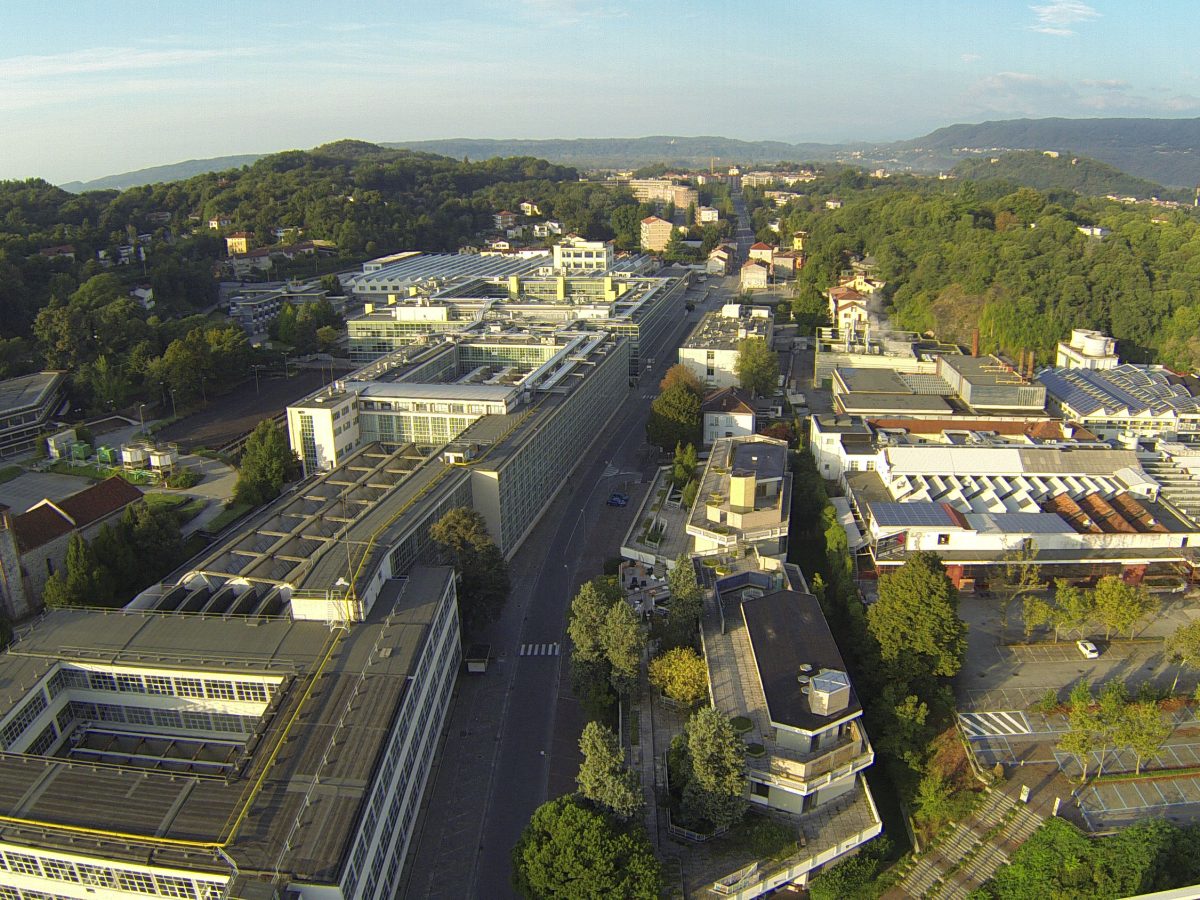Founded in 1908 by Camillo Olivetti, the Industrial City of Ivrea is an industrial and socio-cultural project of the 20th century. The Olivetti Company manufactured typewriters, mechanical calculators and desktop computers. Ivrea represents a model of the modern industrial city and a response to the challenges posed by rapid industrial change. It is therefore able to exhibit a response and a contribution to 20th century theories of urbanism and industrialisation. Ivrea’s urban form and buildings were designed by some of the best-known Italian architects and town-planners of the period from the 1930s to the 1960s, under the direction of Adriano Olivetti. The city is comprised of buildings for manufacturing, administration, social services and residential uses, reflecting the ideas of the Movimento Comunità (Community Movement) which was founded in Ivrea in 1947 based on Adriano Olivetti’s 1945 book l’ Ordine politico delle Comunità (The Political Order of Communities). The industrial city of Ivrea therefore represents a significant example of 20th century theories of urban development and architecture in response to industrial and social transformations, including the transition from mechanical to digital industries
Ivrea, industrial city of the 20th century
Criterion (iv)
The industrial city of Ivrea is an ensemble of outstanding architectural quality that represents the work of Italian modernist designers and architects and demonstrates an exceptional example of 20th century developments in the design of production, taking into account changing industrial and social needs. Ivrea represents one of the first and highest expressions of a modern vision in relation to production, architectural design and social aspects at a global scale in relation to the history of industrial construction, and the transition from mechanical to digitalised industrial technologies.
The attributes of the property are: the spatial plan of the industrial city, the public buildings and spaces, and residential buildings developed by Olivetti (including their extant interior elements). The influences of the Community Movement on the provision of buildings for residential and social purposes is an important intangible element, although the functions of most non-residential buildings have ceased.



